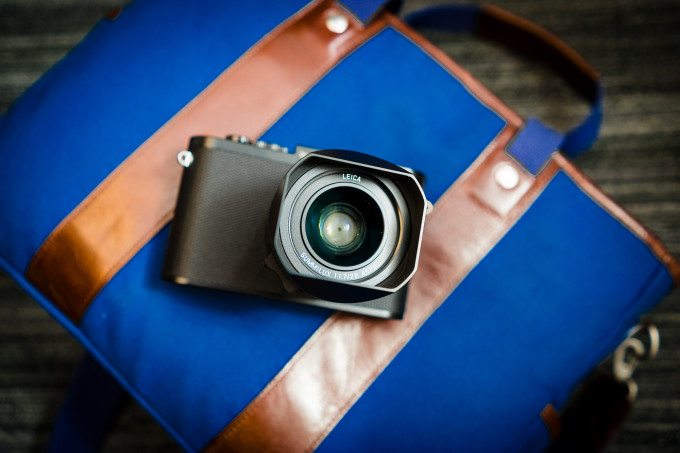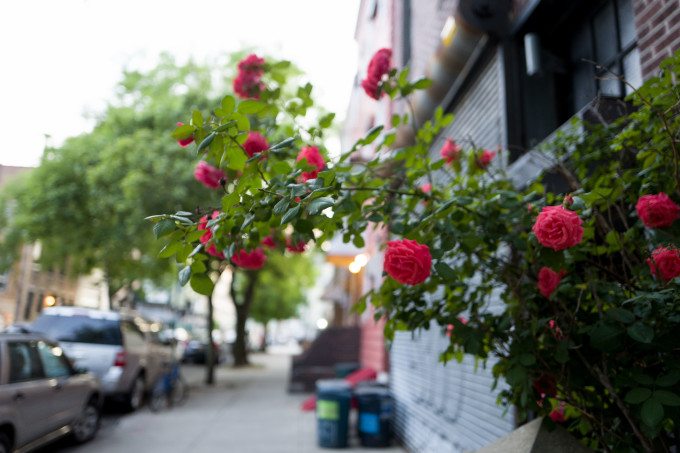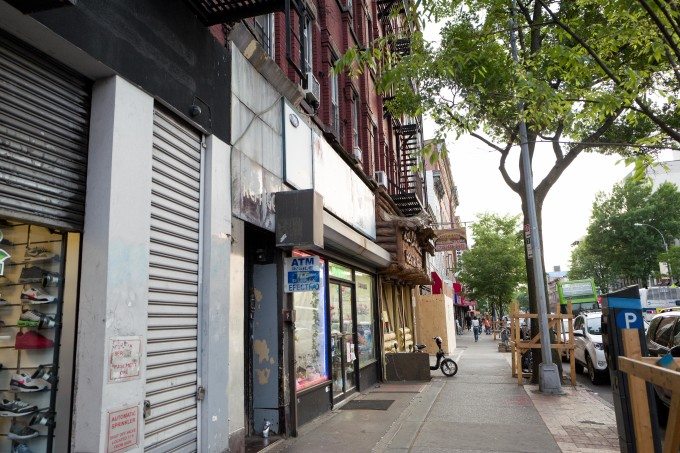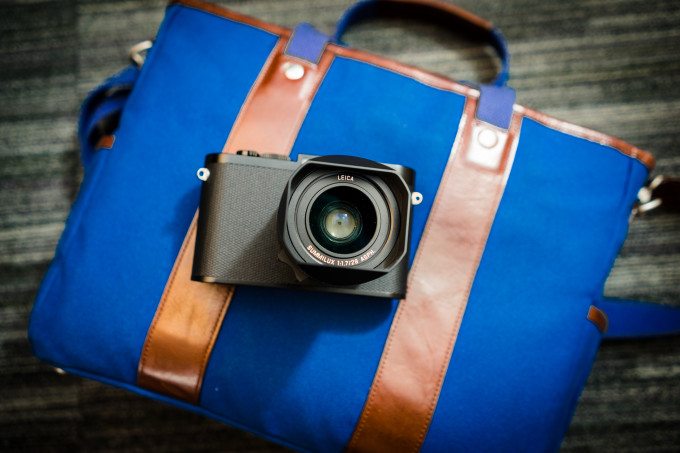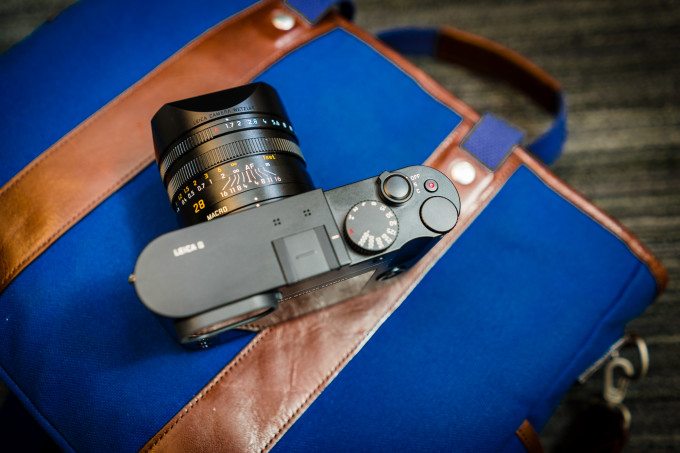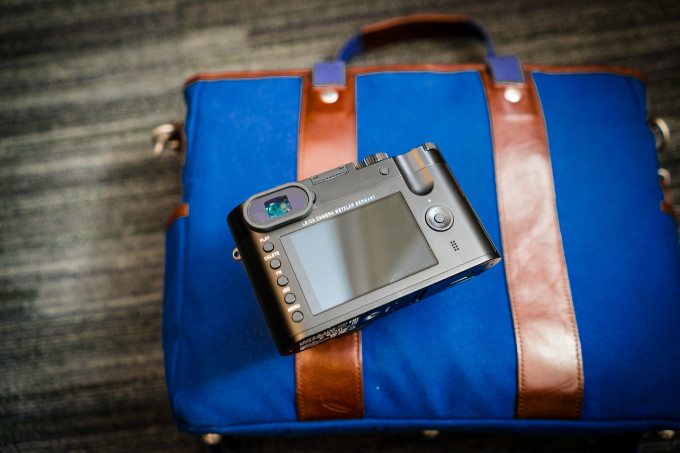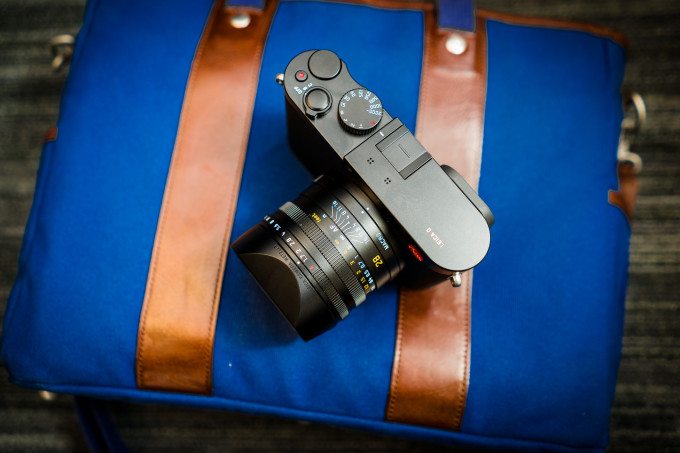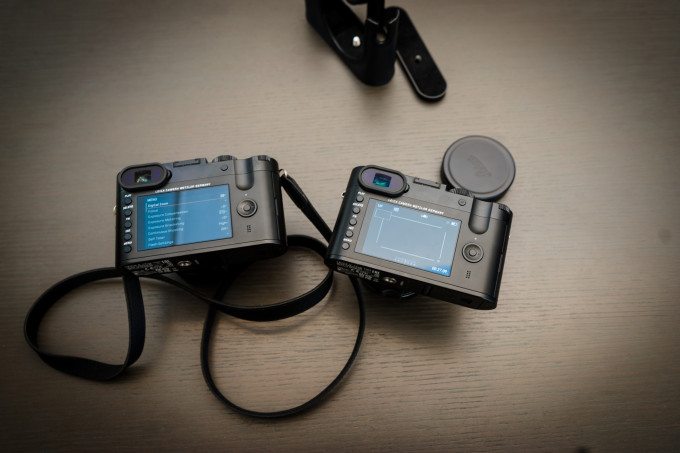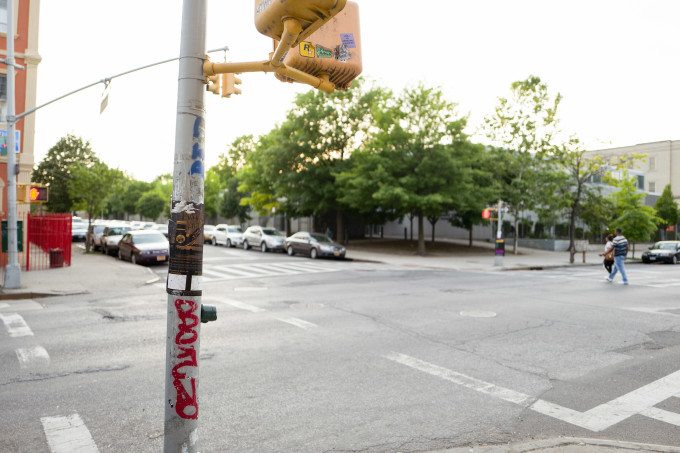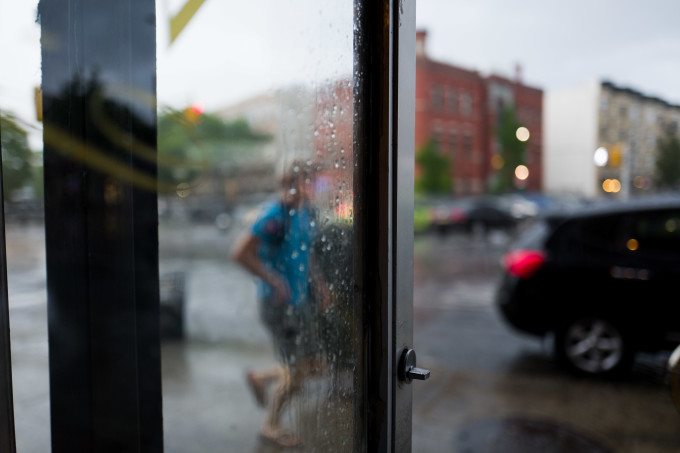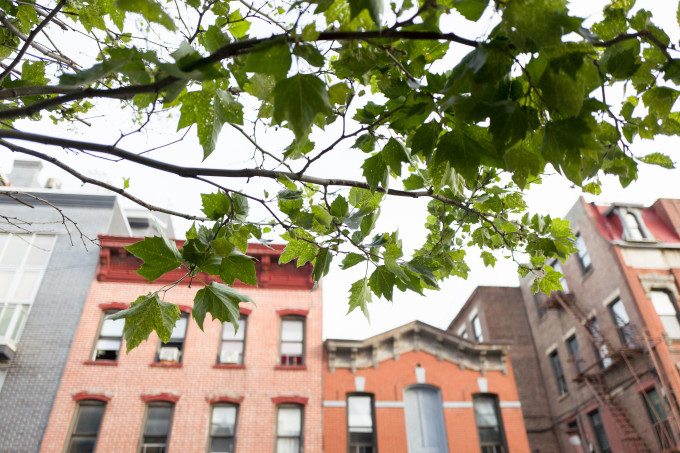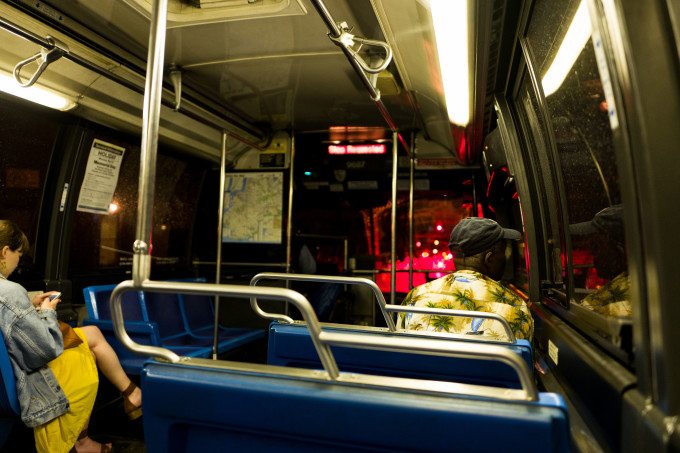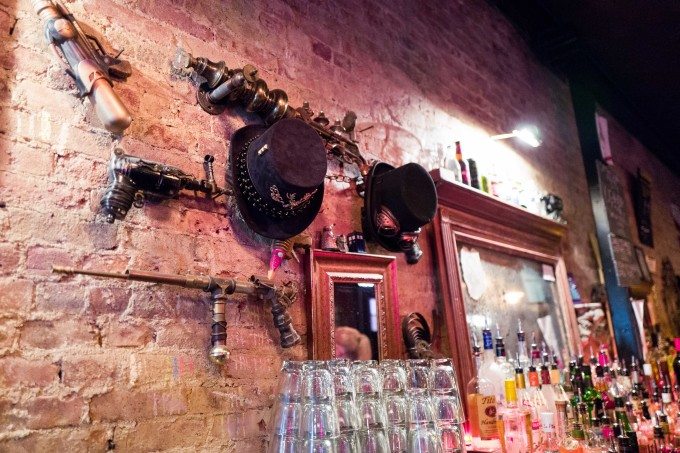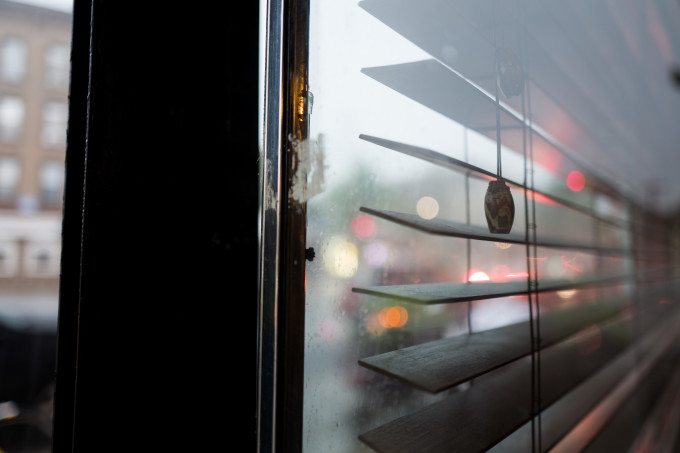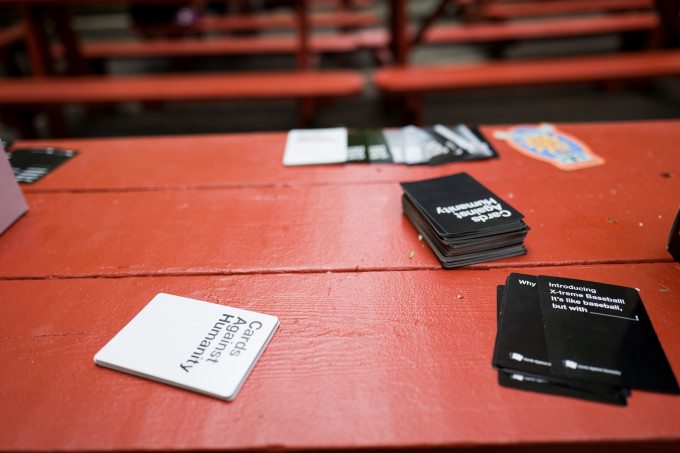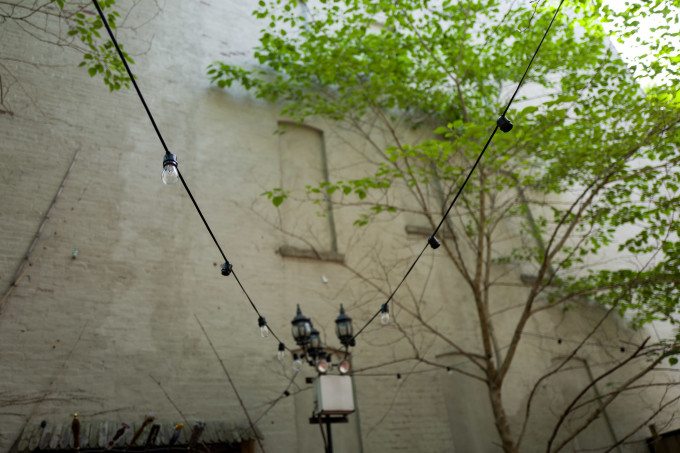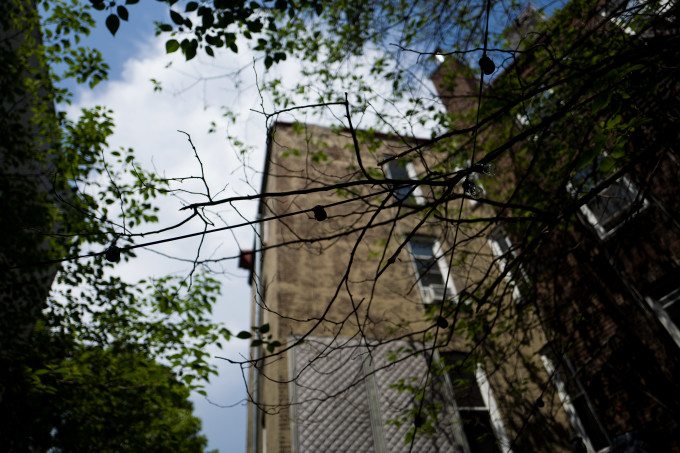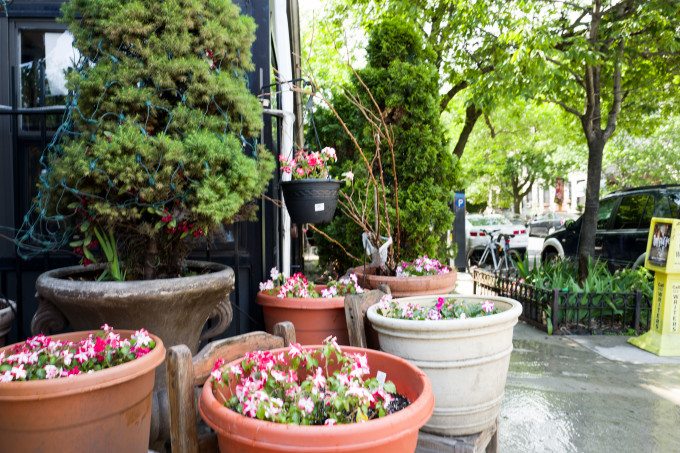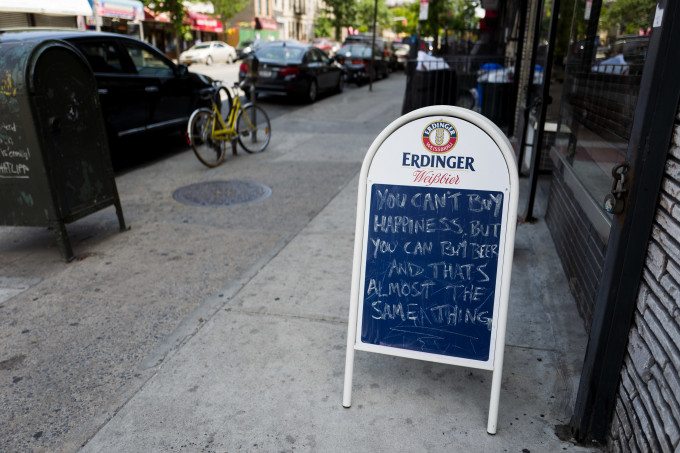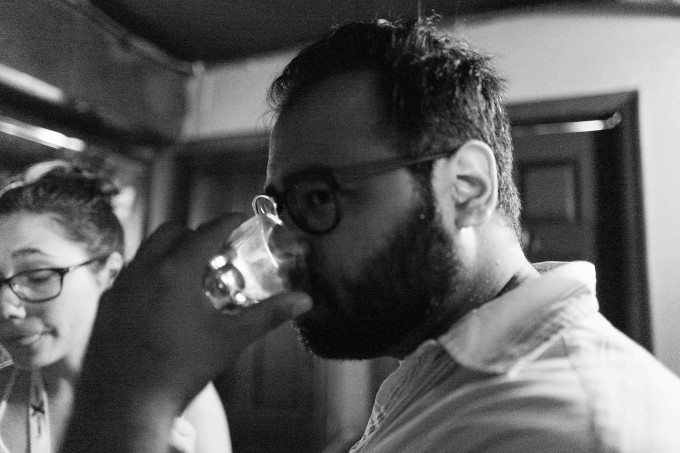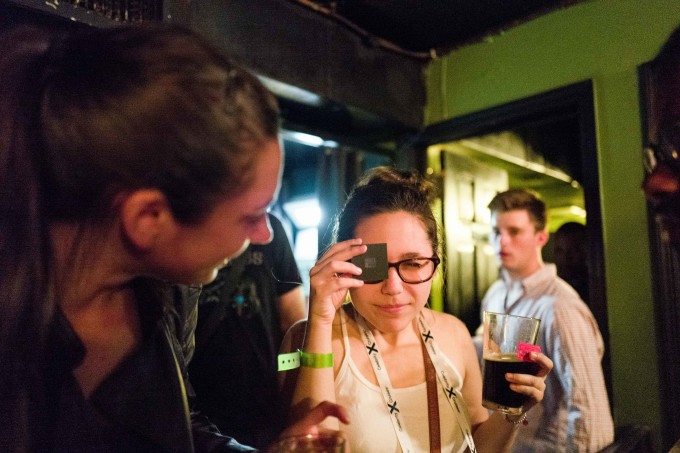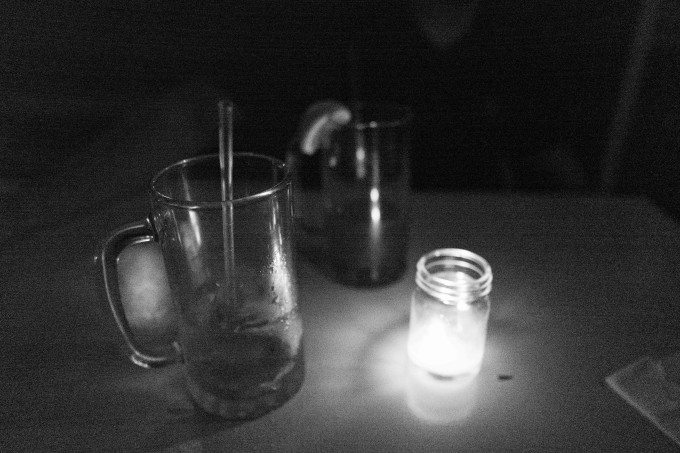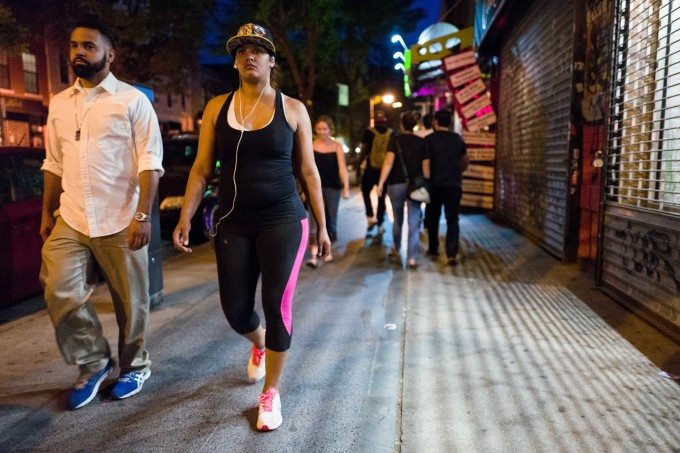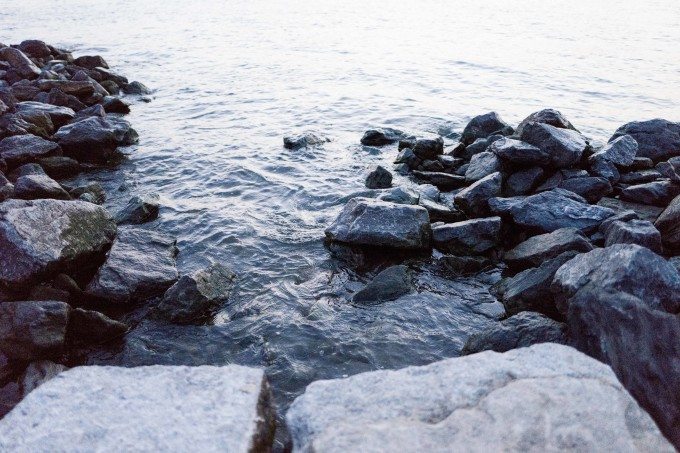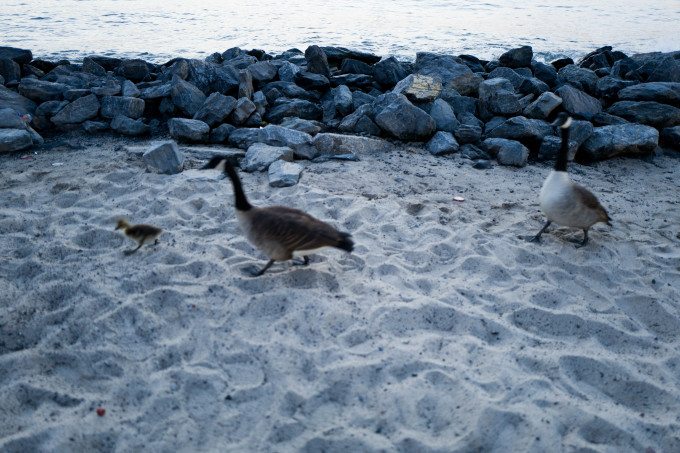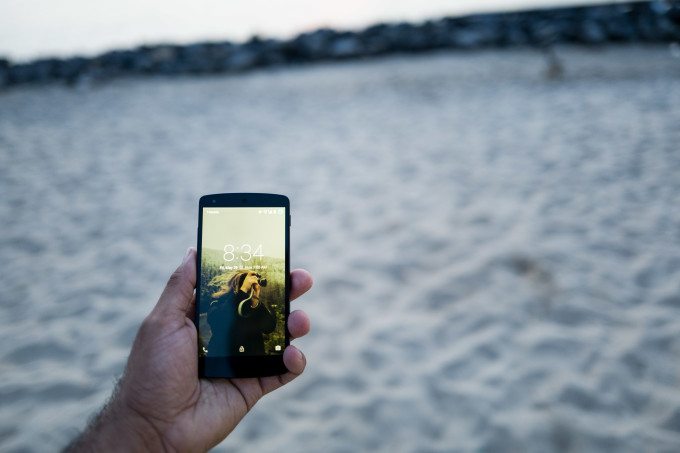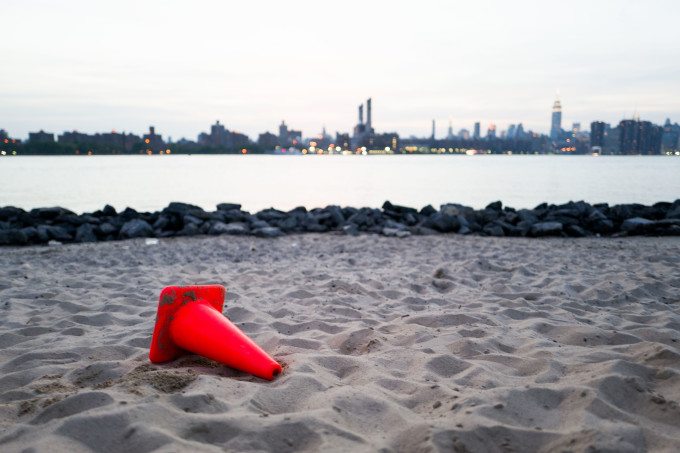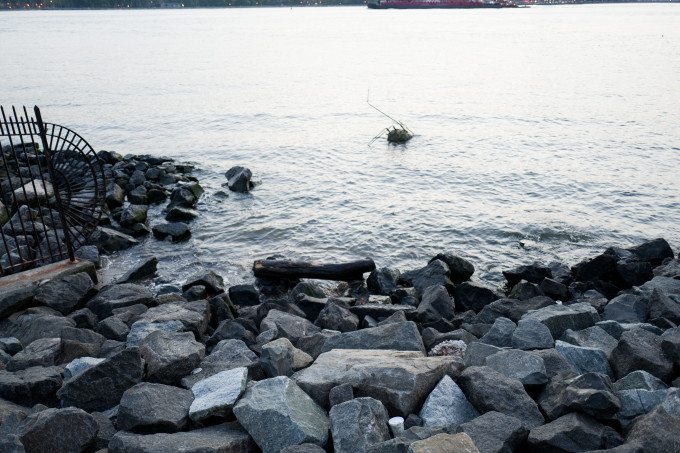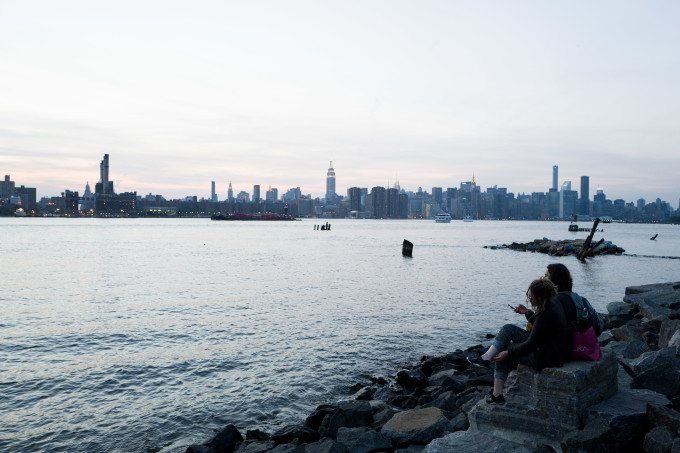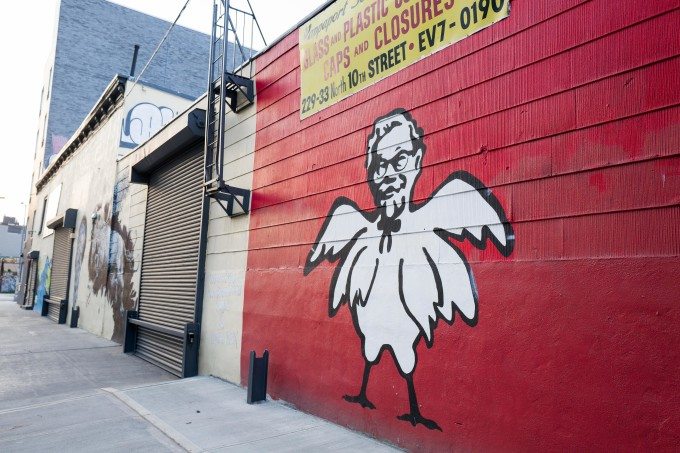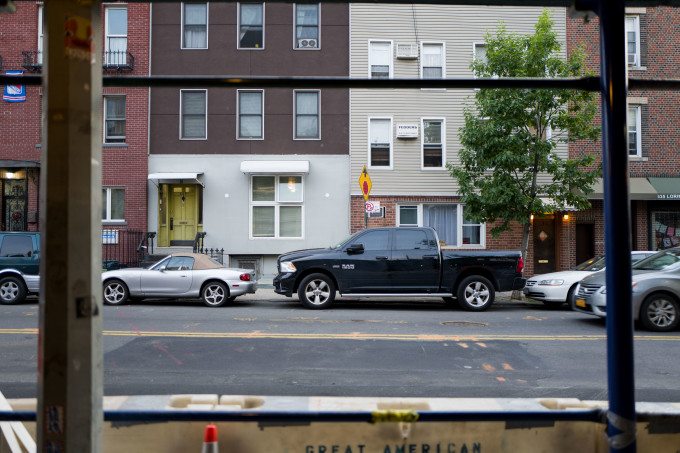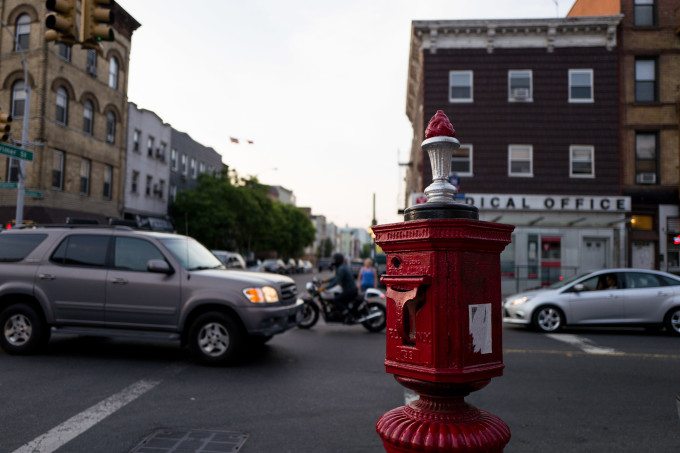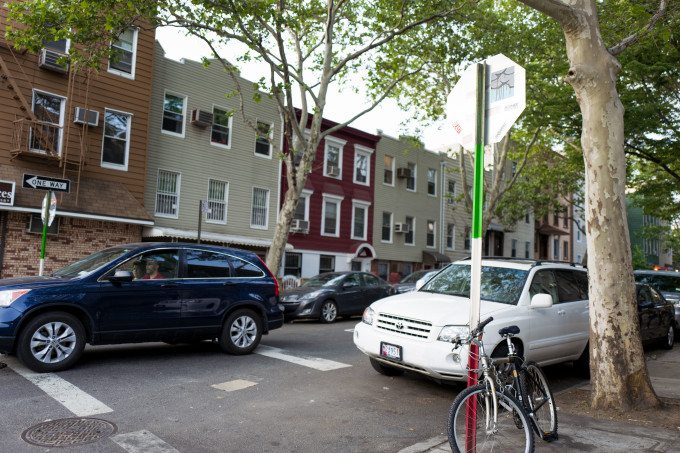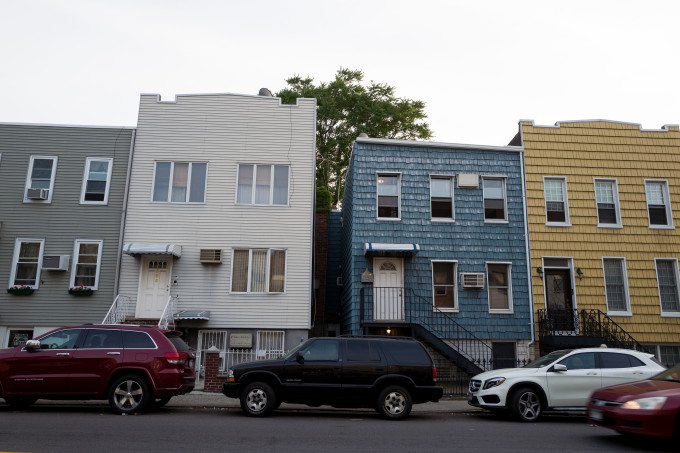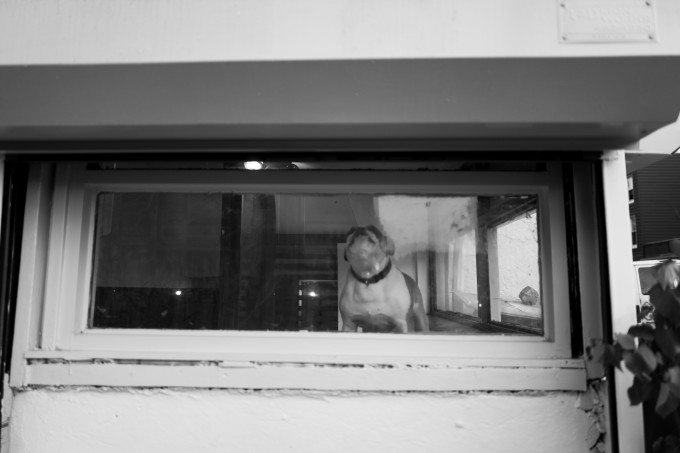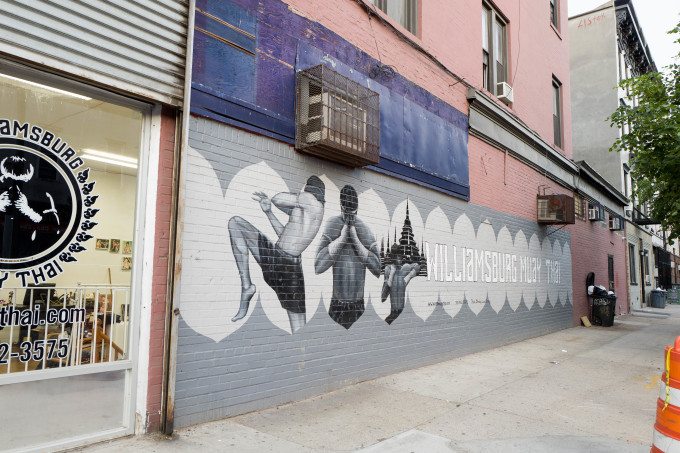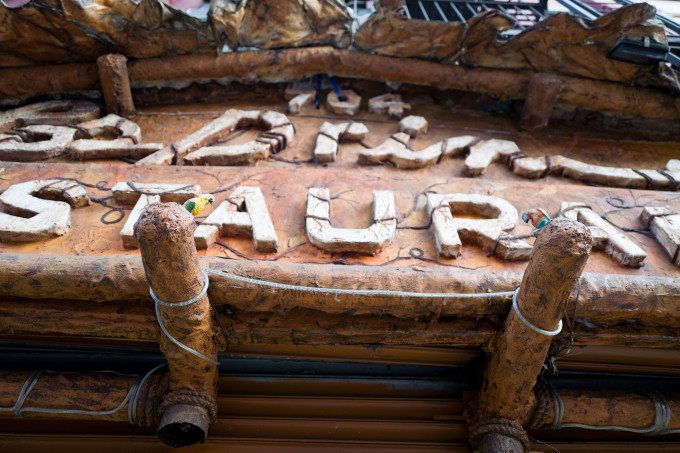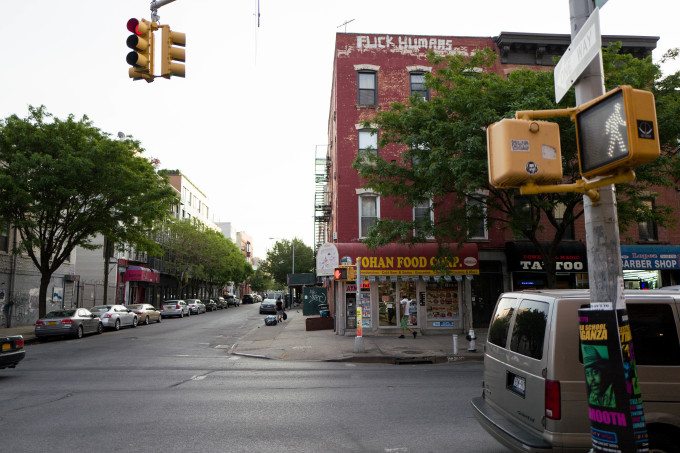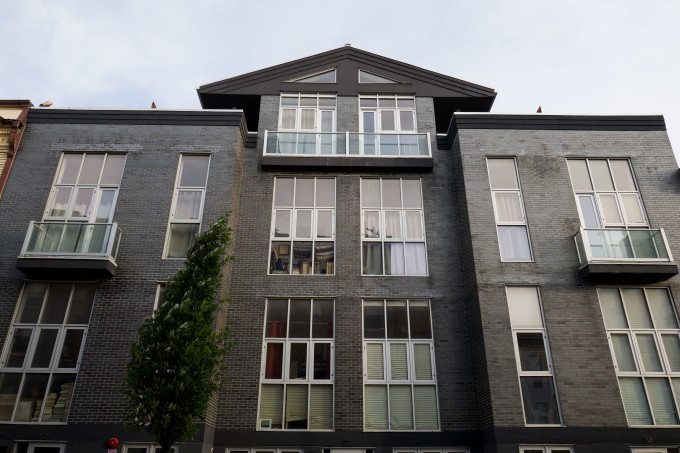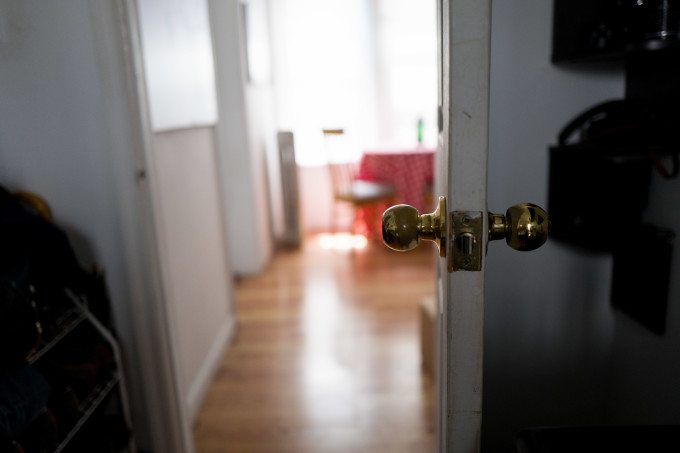Every time I enter a Leica meeting, I always hope and pray for the same thing: a digital Leica CL. After reading none of the rumors around the web, I wondered if Leica had finally done it. “What? Is this a digital CL? I’ve been asking for this for years.”
To my slight dismay, the product I was seeing was the Leica Q–a fixed lens full frame digital camera with a 28mm f1.7 lens and an EVF that is around 3MP is resolution.
Then I got the opportunity to try it for four days–and like almost every product similar to the M series, I liked it. M cameras are very precise instruments that make you incredibly particular about the image that you’re taking–and I’d argue that it forces you to create better and more calculated images. The Q isn’t exactly an M–but it shares lots of the same characteristics. The camera has an EVF, an option to enable frame lines that crop the image automatically, WiFi connectivity, a 28mm f1.7 lens that can be switch into macro mode, and most of all: autofocus capabilities.
Not only can this camera autofocus–but (and I never thought that I’d be typing this) this camera has the fastest focusing capabilities of any Full Frame 35mm mirrorless and point and shoot camera that I’ve ever tested. In fact, the speed is almost to Micro Four Thirds capabilities.
Pros and Cons
Pros
– Incredible build quality, though no weather sealing.
– Very high detailed EVF, the best currently in the industry
– Beautiful image quality
– Very versatile RAW files up to 6400 ISO
– Fast autofocusing capabilities
– Depth of field focusing scale on the lens
– Macro capabilities on the lens
Cons
– Over $4k price tag
– Menu system is deep
– No DNG only shooting option at the time of publishing this review.
Gear Used
We tested the Leica Q by itself.
Tech Specs
– 24MP full frame sensor (possibly from Toshiba, but indeed not from Sony.)
– RAW DNG shooting capabilities
– 3MP Electronic Viewfinder
– 28mm f1.7 lens with macro mode. 11 elements in 9 groups, three aspherical elements
– WiFi capabilities
– Focusing as close as 6 inches
– ISO 100 to 50,000
– 1080p 60p and 30p HD video
– Leaf shutter
– $4,250 price tag
Ergonomics
The Leica Q is a camera that is designed to look a lot like an M and in many ways will appeal to M users. We start off at the front of the camera–which is nearly devoid of controls and very minimal in the way that Leica does things. Photographers will greatly appreciate this and the included lens hood for the camera’s 28mm f1.7 lens.
Move to the top of the camera and you’ll find a shutter dial along with shutter release, video record button, another control dial and the hot shoe. Here you can also see the lens–which has an aperture ring, focusing ring and macro ring.
The back of the camera has buttons on the side and a control button interface on the right. Additionally, we see the viewfinder, LCD screen (which dominates the back) and a weird indent to rest your thumb. For what it’s worth, I really wish that Leica put in something similar to a film advance on a Leica film M camera.
Hopefully, a third party manufacturer will create one.
Build Quality
Leica’s Q camera has an incredible build quality that is also quite low profile just like the M cameras. It becomes even more low profile when you put black tape over the logos and branding. With the way it’s designed, you probably won’t ever want to let it autofocus despite the focusing being that darn good. The buttery smooth focusing ring, solid aperture clicks and all remind us of just how much of a better job they do over Fujifilm, Voigtlander and Zeiss when it comes to the construction of manual glass.
Indeed, you’re paying not only for quality–but an experience.
Autofocus
Because this is a full frame sensor, don’t expect this camera to be very good with nailing moving subjects on the street. It’s decent, but DSLRs still do a better job at the full frame level. As it stands though, this camera and lens combined are the fastest combo that we’ve tested in the full frame non-DSLR market.
Kudos to the company that invented autofocus–but never quite implemented it into their cameras until the much later on.
Manually focusing can be done with the zone focusing system due to the great depth of field scale and the camera’s great use of focus peaking. Of any full frame camera out there, this one has the best focus peaking that is also the most accurate.
Ease of Use
The Leica Q isn’t a camera for the amateur–and we’d liken it most to the Fujifilm X100T. It has a wealth of dials and there are A modes on each dial as well as autofocus, but it’s not really designed for that shooter. The experienced Leica, Fujifilm, and rangefinder user will have no problems with using this camera. Sure, you’ll have some menus to dig through at times, but none of that will get in the way of actually taking pictures.
Metering
According to Sunny 16 metering methods, the Leica Q underexposes by around 1/3rd of a stop–which is standard for many CMOS sensor cameras. That means that in post-production you’ll probably want to raise the exposure just a tad.
Image Quality
AS ALWAYS, IMAGE QUALITY AND EXIF DATA IS IN TACT. SIMPLY CLICK THE IMAGES TO SEE THE EXIF SETTINGS IN THE URL.
The image quality from the Leica Q comes from both the sensor and lens working together. The duo create a beautiful symphony of rich colors, excellent high ISO results up to 6400 and beautiful bokeh amongst many other things.
RAW File Versatility
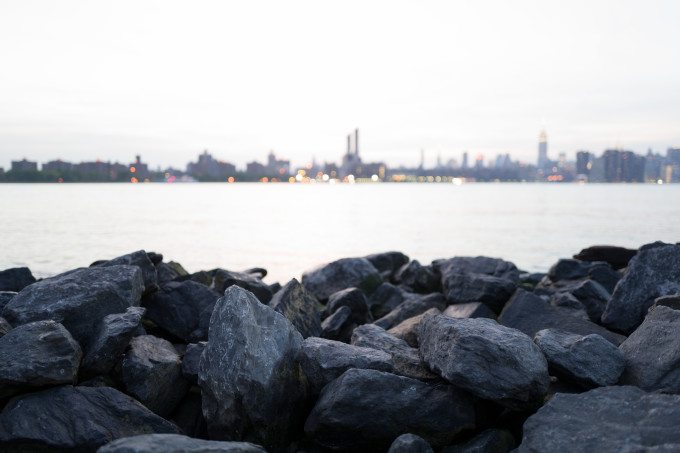
The Leica Q has very versatile RAW files, but don’t try exposing for the shadows Instead, expose for the highlights and push in post. You’ll be disappointed otherwise and may not get all the details you dream of–though for what it’s worth we’re impressed that the sensor is able to get back this much cloud and color detail in such blown out highlights towards the corners of the frame.
In real life, it just means you have to be smarter with metering and either get a very flat photo, spot meter, meter for the highlights and push for the shadows.
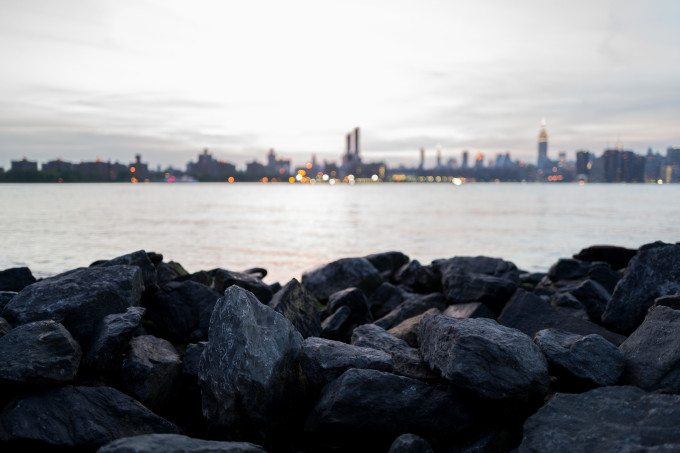
High ISO Output

At 6400, the image quality just barely starts to break up but this setting is still very usable. Anything above this Adobe Lightroom CC can’t even begin to handle as far as nerfing color noise or grain without major detail loss. Instead, we recommend embracing the images as they are and converting them into black and whites with a 1/3 exposure drop.
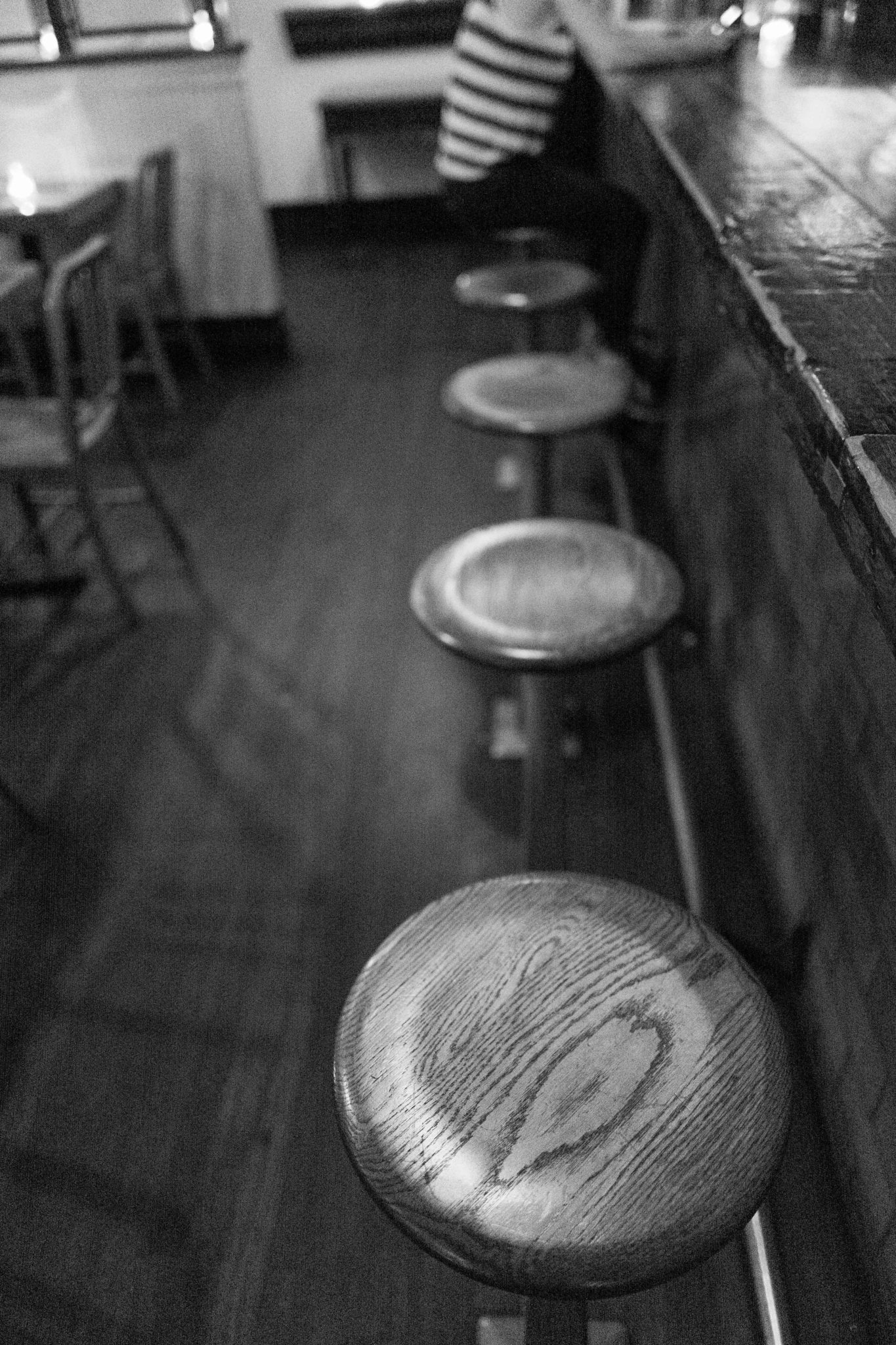
In general, we wouldn’t recommend shooting above ISO 6400. Luckily, the lens has optical image stabilization built in for when you get to very slow shutter speeds.
Bokeh
The 28mm f1.7 lens offers some beautiful bokeh when wide open and gets even better when shooting up close in macro mode. In fact, this may be the best 28mm lens that we’ve tested as far as bokeh is concerned. It’s almost as sharp as Sony’s offering, but still not quite there.
Color Rendition
Granted, this is a Leica lens. Leica’s color rendition has changed a lot over the years–where they used to embrace a very muted look they now skew more towards lots of saturation with moderate contrast in their images. If you’re a fan of Kodak Ektar, you’ll be happy with the color you get here.
Color Fringing
In our tests, we couldn’t find any color fringing from the lens with images straight from the camera. Even when pushing the contrast a bit, we couldn’t find any. Kudos to Leica.
Macro Mode
The lens has a specific mode for macro shooting and therefore lets you focus to as close as six inches. To do this, you simply turn a dial around the lens. In macro mode, the bokeh becomes incredible though manually focusing wide open really requires you to use focus peaking. Otherwise, just rely on the autofocus.
Extra Image Samples
Conclusions
Likes
– Excellent image quality
– Wifi transferring
– Buttery smooth focusing mechanics
– Accurate focus peaking
– Small size
– Great build quality
– DNG RAW files
– Lovely bokeh
Dislikes
– Over $4,000
The Leica Q is an incredible camera. With a 28mm f1.7 lens, fast autofocusing capabilities, great image quality, versatile RAW files, beautiful manual focusing abilities, a rock solid EVF and great ergonomics, what’s there to hate about this camera? The price tag! I reasoned that it would be around $2,700; but when Leica said over $4k I was a bit taken aback. Sure, you’re getting a beautiful Leica lens, WiFi, DNG RAW files, extremely fast focusing abilities, a full frame sensor, focus peaking that really works, and pretty decent battery life–which was one of our biggest concerns.
Leica rates the camera at 300 photos, but if you dim the screen then it will do much better. Even with the fastest cards though, writing to the SD card will be a bit slow.
All in all though, Leica has made an excellent camera and this is a step in the right direction for the company. Still though, we’re not sure that many working photojournalists would buy one. In today’s day and age, not a single manufacturer is making a terrible camera, so consumers have lots of great choices to make.
We award the Leica Q five out of five stars. It’s an absolutely incredible camera, but we simply can’t justify the price tag and that is why it isn’t winning an Editor’s Choice award.


